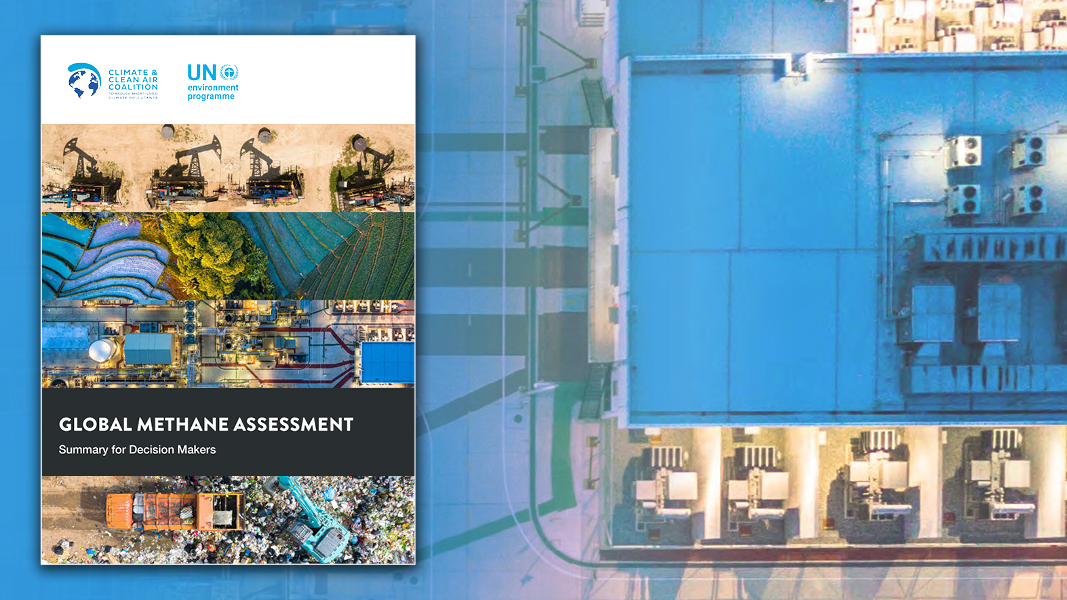A Global Methane Assessment released on May 6 by the Climate and Clean Air Coalition (CCAC) and the United Nations Environment Programme (UNEP) shows that human-caused (anthropogenic) methane emissions can be reduced by up to 45%, or 180 million metric tons/year (Mt/yr), by the end of this decade. “Such reductions would avoid nearly 0.3°C of global warming by 2045 and would be consistent with keeping the Paris Climate Agreement’s goal to limit global temperature rise to 1.5°C within reach,” notes the Assessment. Additionally, because methane is a key ingredient in the formation of ground-level ozone (smog), that 45% reduction would prevent 260,000 premature deaths, 775 000 asthma-related hospital visits, 73 billion hours of lost labor from extreme heat, and 25 Mt/year of crop losses.
“Cutting methane is the strongest lever we have to slow climate change over the next 25 years and complements necessary efforts to reduce carbon dioxide,” said Inger Andersen, Executive Director of UNEP. “The benefits to society, economies, and the environment are numerous and far outweigh the cost. We need international cooperation to urgently reduce methane emissions as much as possible this decade.”
More than half of global methane emissions stem from human activities in three sectors:
- Fossil fuels — Responsible for 35% of human-caused emissions; oil and gas extraction, processing and distribution account for 23%, and coal mining accounts for 12% of emissions.
- Waste — Landfills and wastewater make up about 20% of global anthropogenic emissions.
- Agriculture — Accounts for 40%, with livestock emissions from manure and enteric fermentation representing roughly 32%, and rice cultivation 8%.
Targeted measures to reduce human-caused methane emissions in the solid waste sector include residential source separation with recycling/reuse and no landfilling of organic waste. For wastewater treatment, the report suggests upgrades to secondary/tertiary anaerobic treatment with biogas recovery and utilization. Treatment in biogas digesters is also recommended for livestock manure management, along with decreased manure storage time and improved manure storage covering. Additional measures cited in the Assessment include “improved sustainable consumption,” and reduced food waste and loss, e.g., “strengthen and expand food cold chains; consumer education campaigns; facilitate donation of unsold or excess food.”
Roughly 60% (around 75 Mt/yr) of available targeted measures have low mitigation costs, according to the assessment, “and just over 50% of those have negative costs — the measures pay for themselves quickly by saving money.” The Assessment estimates the majority of these major abatement potentials can be achieved for less than US$ 600/metric ton of methane, especially in the waste sector and the coal subsector in most regions and for the oil and gas subsector in North America.













